The challenge of introducing an all-electric model into an increasingly difficult market has forced Honda to delay the rollout of the essential software solutions to support online sales.
Last autumn, Honda introduced a component of direct e-commerce sales in what it termed the "lightest touch" agency approach and planned for the recently launched electric SUV, the e:Ny1, to be the first candidate model when order books opened at year-end.
Honda explained at the time that this non-genuine agency approach was established as a basic legal requirement which permitted direct sales but insisted that its intention was to maintain a seamless experience for customers who may still prefer the traditional dealership route to purchasing a new car.
The challenge of introducing an all-electric model into an increasingly difficult market has forced Honda to delay the rollout of the essential software solutions to support online sales.
Last autumn, Honda introduced a component of direct e-commerce sales in what it termed the "lightest touch" agency approach and planned for the recently launched electric SUV, the e:Ny1, to be the first candidate model when order books opened at year-end.
Honda explained at the time that this non-genuine agency approach was established as a basic legal requirement which permitted direct sales but insisted that its intention was to maintain a seamless experience for customers who may still prefer the traditional dealership route to purchasing a new car.
The new approach lies essentially in offering the option to order online, complete portions of the purchase digitally, or opt for that tried and tested in-dealership route in an effort to provide consumers with more choice.
To support this transition, Honda planned to update its back-end systems with a software-as-a-service solution that its dealer partners would use to guarantee that seamless service.
Honda was conscious of the challenge however and committed to working closely with its dealer network to minimise disruption. Franchisees were consulted in late 2022 with the overarching strategy aimed at eventually transitioning the entire Honda new car lineup to direct-to-consumer transactions once senior management were confident in its success.
 Now, in a move which underscores the immensity of the task, Honda UK’s head of automobile Rebecca Adamson tells AM that the car maker has taken the decision to decouple the launch of the e:Ny1 and the new online sale system.
Now, in a move which underscores the immensity of the task, Honda UK’s head of automobile Rebecca Adamson tells AM that the car maker has taken the decision to decouple the launch of the e:Ny1 and the new online sale system.
“All the market indicators were that customer acceptance was declining around battery electric vehicles. Economic conditions were going against all BEV manufacturers and so our view was, why would you put even more pressure into what is already a pressurised system with such an important car launch?” she said.
Challenge
The reason for the separating the software introduction and the introduction of an agency agreement is mainly down to the size of the challenge, one Honda dealer tells AM. Honda is scheduling the software launch early in April – once the traditionally busy March trading rush is over.
Honda always maintained that the gradual move to agency was justified by the need to cut costs following its substantial investment in battery electric vehicles, projecting that a return on investment would only be achieved in around a decade. The company said that profit modelling had demonstrated the mutual benefits of such a change.
“Honda are doing an incredible job of replacing all of its internal system, as well as the systems that allow customers to converse with dealers and Honda through linked sales software to enable the omnichannel experience for the customer. They simply could not launch this in time to do it through the new systems and agency agreement,” one dealer told AM.
Matters have not been helped by the move by the UK government to remove the pressure on consumers to transition to battery electric vehicles by 2030, a deadline which last year slipped to 2035. This arguably has also played a part in the speed of the response required by Honda to hit the ZEV mandate target that requires an increasing level of electric vehicles in its manufacturing mix.
This now leaves the new model sold through the traditional franchise agreement and current systems in the same way as all other cars are currently sold, and while not a problem for dealers, Honda still needs to manage the volumes involved which are now added to their HEV targets, a bigger problem given the consumer pressure being removed thanks to the 2030 date slipping.
“The key issue we have here is that when the government removed the pressure from consumers to move to BEV vehicles, it is simply ridiculous that they have not at the very least adapted the ZEV timetable to match,” said the dealer.
Realism
Honda is still committed to its strategy going forward, says Adamson, characterised as it is by a mix of ambition tempered with realistic expectation.
“There's always been an old saying that volume is vanity. If you look at the profit graphs, it is the complete opposite so as we've stepped away from corporate channels and our retailer profit has increased. That doesn't mean we're out of corporate – only in the right channels with the right models. For us, I would say we've certainly had a very strong last three years in terms of profit. We've now got the volume coming back in but it's achievable.
She said Honda is targeting sales of between 35,000-36,000 units in 2024, which means a ZEV tally of between 7,000-7,500 units. “We've got a big first quarter of 2024 and we're on track to deliver our 22% requirement in that quarter to give some context,” she explains. “That's a joy being a small operator, as a small market share player. I'd rather be trying to achieve 22% of 35,000 units than 22% of 100,000 units in terms of the ZEV mandate.”
 She forecasts a return of the cut and thrust of a push market but relishes the opportunity with the launch of so many Honda models scheduled during this year. “It's reasonable to say that we went into our supply challenges later and we came of them out later so what we are now seeing is a ramp up, not only from an overall perspective but with the new Honda models being introduced. It's almost like famine to feast for our retailers.
She forecasts a return of the cut and thrust of a push market but relishes the opportunity with the launch of so many Honda models scheduled during this year. “It's reasonable to say that we went into our supply challenges later and we came of them out later so what we are now seeing is a ramp up, not only from an overall perspective but with the new Honda models being introduced. It's almost like famine to feast for our retailers.
“Of course, the market has shifted from a pull to a push environment. Combine that with the challenging cost of living situation, challenging economic situation, it is going to be hard work although I'm struggling to remember a time in my 30 years in the industry when it wasn't hard work. We've been in a bit of hibernation mode for the last three years, dealing with very different challenges. Now, we've all got to change gears - both OEMs and retailers - in this new environment, dust off the playbook and go back to what we know. It takes people time to adjust but the good thing is, it's a positive transition period and there is big opportunity of uplift in volume coming.”
Rationalisation
To be fit to meet the challenges, Honda has moved to rationalise its dealer network and is whittling its presence down to around 100 sites by mid 2025 in a bid to maintain efficiency. That does not mean any less commitment to its dealer community, however.
“We want to have a quality retail network and the only way you get a quality retail network is to have quality operators. And the only way to get quality operators is to have a good investment proposition,” she said.
A Honda dealer’s return on sales was 2.2% in 2022-2023 – but as Adamson points out, there is a direct correlation between the profit of its operators and its own profitability so while it's no longer a ROS calculation anymore, it will be based on net profit.
“It's probably going to end 2023 around 2% but what we did point out is that actually, our position in this last quarter whilst it is significantly down from the COVID years is aligned to 2019/2018 so while we've had an extraordinarily profitable period over COVID with the pull market, we're now actually at a more normal operating level.”
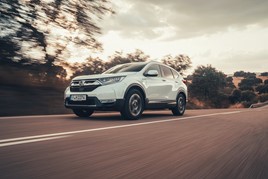 Honda knows what it needs to do in numbers to achieve the ZEV target, so have been unique in the industry in offering a parity choice of powertrain. What that means is that with support the new e:Ny1 will cost no more than the hybrid equivalent product in an effort to encourage customers to make the move despite the government’s delay on the original 2030 ban.
Honda knows what it needs to do in numbers to achieve the ZEV target, so have been unique in the industry in offering a parity choice of powertrain. What that means is that with support the new e:Ny1 will cost no more than the hybrid equivalent product in an effort to encourage customers to make the move despite the government’s delay on the original 2030 ban.
“We tend to paddle our own canoe a little bit which is the joy of being a smaller brand in the market,” said Adamson. “We all get excited that we're launching a new battery electric vehicle, but maybe that's part of the problem. We're all obsessing about battery electric vehicles. And actually, it's about a new Honda. Clearly, we all understand the need to shift to zero emission vehicles. It's one of those challenges under the obligation to meet legislation but for us, what we don't want to do is put the customer in the wrong car.
“What we do want to do is open people's minds so as much as people are coming in on a battery electric there are those that may be coming in on an HRV. It’s a little bit like the old petrol versus diesel conversation where people came in adamant that they wanted a diesel but when you went through the qualification process actually, financially, they were better off with a petrol because of their mileage, etc.”
Line-Up
Honda expanded its line-up last year, introducing the ZR-V, the electric e:Ny1, and a next-generation CR-V in hybrid and plug-in hybrid forms, nearly doubling its current offering. The Jazz continues to be a performer with demand exceeding supply. “I am often asked if I am worried that Honda is a Jazz-led brand. Absolutely not. Although our mix has shifted dramatically to SUV, Jazz is still an incredibly strong car for us,” she said, adding that Honda will be focusing on retail and potentially on Motability-type corporate channels rather than some of the more expensive and tactical corporate channels in 2024.
The dealer community reports that the new e:Ny1 is going down well although the BEV market saturation with so many new entrants all striving to achieve their 22% ZEV target is and will remain a challenge.
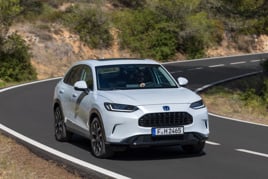 “The CR-V is fantastic, the best version of CR-V since its creation in terms of drive, interior quality and functionality, but it has increased in size and price, moving it into a slightly different sector, meaning dealers are having to try and find new customers for this product. Some existing CR-V drivers are shifting to the now similarly sized ZR-V, others are taking longer to decide,” reports one.
“The CR-V is fantastic, the best version of CR-V since its creation in terms of drive, interior quality and functionality, but it has increased in size and price, moving it into a slightly different sector, meaning dealers are having to try and find new customers for this product. Some existing CR-V drivers are shifting to the now similarly sized ZR-V, others are taking longer to decide,” reports one.
Adamson said Honda is resolutely wedded to its strategy of focussing on optimising profitable channels for its cars although admits the whole industry will remain in a state of flux for some time.
“It is for the first time in maybe 30 years where the industry is using a varied approach. We're not all backing the same horse but clearly, we believe our approach is correct in striking this balance with the retailer and offering the opportunity for self-service,” she said.
“For us, it is about customer choice. Only history is going to tell who had the right answer. That’s what's going to be interesting to monitor over the next few years. It's certainly an interesting time to watch and listen. Clearly, I'm confident in the approach that we're taking which is right for our brand - and that's what we're going to continue to do.”
Login to continue reading
Or register with AM-online to keep up to date with the latest UK automotive retail industry news and insight.

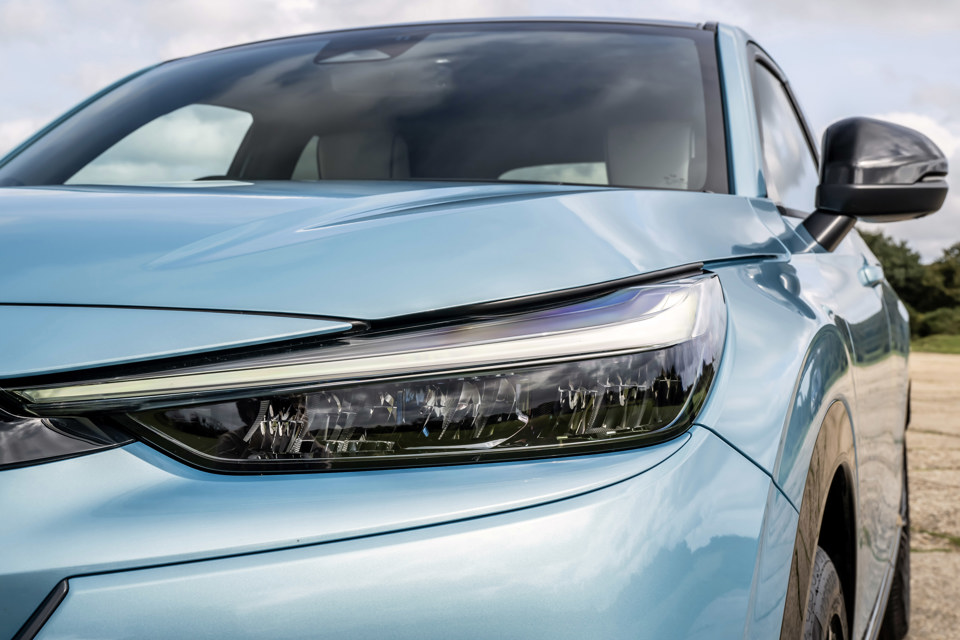



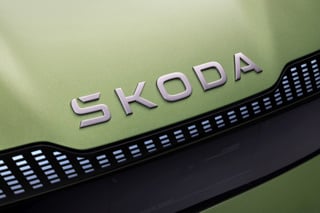


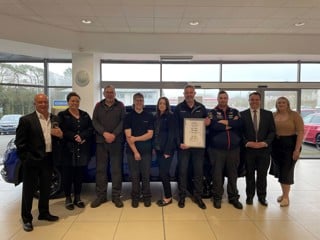








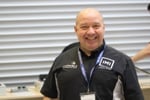
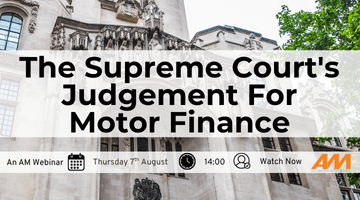



Login to comment
Comments
No comments have been made yet.